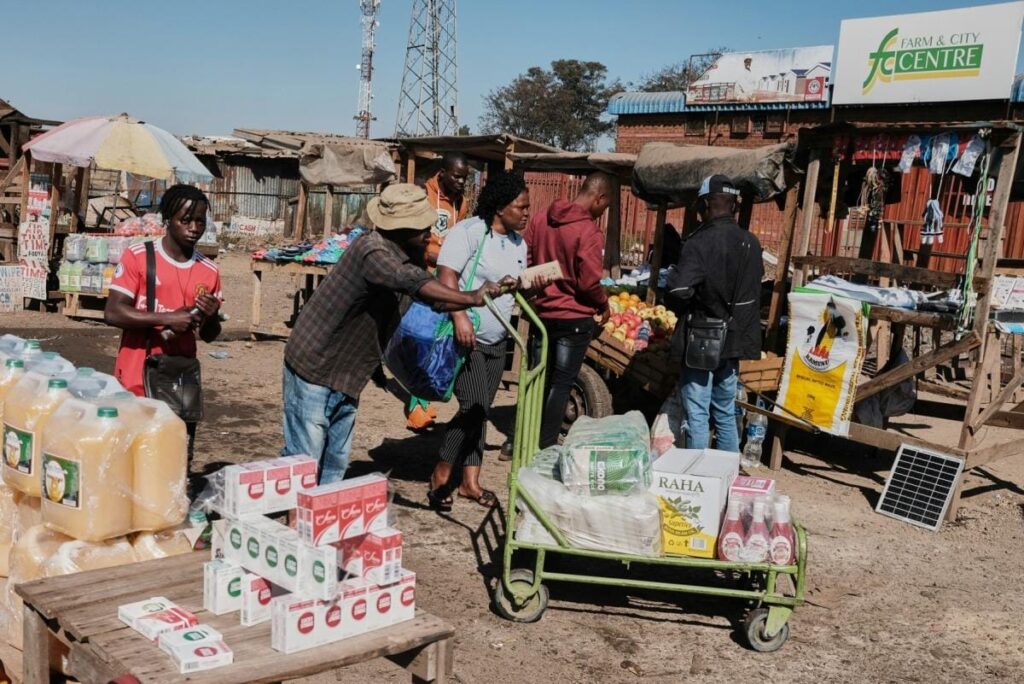In Summary
- In the 1990s, Angola and DR Congo experienced inflation reaching an average of 476% and 716%, respectively.
- Between 2007 and 2008, Zimbabwe experienced an alarming hyperinflation, with prices of goods in the country doubling every 24 hours.
- Inflation has been constant in Africa since the mid-1970s, with the annual inflation rate averaging more than 15 percent yearly.
Deep Dive!
Hyper-inflation refers to a situation in a country where inflation exceeds 50% within 30 days; sadly, this has been the case in many African countries — especially those in sub-Saharan Africa, for many years. Those on record to have been affected the most include Angola, the Democratic Republic of Congo (DRC), and Zimbabwe due to the harsh economic challenges they faced, especially around the 1990s.
Inflation has profoundly impacted several African nations since gaining independence, leading to economic instability and hardship for their populations. Since the dawn of independence across Africa, several nations have grappled with hyperinflation—crippling episodes of runaway prices that have devastated economies and livelihoods. From Zimbabwe’s record-shattering inflation to Sudan’s recent economic struggles, here are the top 10 African countries that have faced severe hyperinflation since gaining independence.
10. Ethiopia
Ethiopia has experienced periods of hyper-inflation, notably in the late 2000s and early 2010s. In 2024, the country’s inflation rate stood at 21.0%. The factors responsible for the high inflation rate include currency devaluation by the government, supply chain disruptions, and political instability — which affected agricultural production and distribution across the country.
9. Ghana
Ghana experienced significant hyper-inflation in the 1980s, with rates surprisingly exceeding 100% annually. However, it was not long before the government, through its central bank, rolled out economic reforms and structural adjustment programs that have helped to stabilize the economy in subsequent years. Despite these, inflation rates in the country have averaged 20.9% as of 2024.
8. Burundi
Burundi has experienced hyper-inflation rates mainly as a result of political instability and economic challenges in the country. However, the country was able to bring the rate in 2024 to 22.0%. Experts say that limited industrial output, sole reliance on agriculture, and external shocks have made the economy vulnerable to inflationary pressures.
7. Malawi
Malawi faced high inflation rates, particularly in the early 2000s and again in recent years, up to 2024. In 2024, the inflation rate in the country was reported at 27.3%. Factors that contributed to inflation in the country include food insecurity, currency depreciation, and fiscal deficits.
6. Nigeria
The country with Africa’s largest economy has faced persistent inflation challenges. In 2024, Nigeria’s inflation rate reached an alarming figure of 31.6%. According to experts, factors that contributed to the high inflation rates include reliance on oil exports, currency fluctuations, and insecurity in the country’s agricultural regions.
5. Sierra Leone
Sierra Leone’s economy has been affected by inflation, especially following the civil war that ended in 2002. In 2024, the country recorded an inflation rate of 33.6%. The price of commodities in the country has been affected by post-conflict reconstruction, reliance on imports, and currency depreciation by the government.
4. Sudan
In recent times, Sudan has grappled with high inflation rates. In 2024, reports revealed that the country recorded an inflation rate of 157.9%, which was the highest in Africa at the time. Factors that contributed to inflation in the country include political instability, loss of oil revenues following the secession of South Sudan, and economic sanctions by world powers.
3. Angola
After its independence in 1975, Angola endured prolonged civil conflict, which severely disrupted its economic activities. In the 1990s, the country faced hyperinflation, with rates exceeding an average of 1,000% annually. The government’s excessive money printing to finance the war effort and lack of fiscal discipline were the primary reasons for the inflation crisis.
2. Democratic Republic of Congo
During the early 1990s, the Democratic Republic of Congo (then Zaire) experienced hyper-inflation as a result of political instability and economic mismanagement. Reports indicate that inflation rates in the country soared, reaching 4,000% in 1991. The economic turmoil led to a rise in the nationwide poverty index and national unrest, contributing to the eventual overthrow of President Mobutu Sese Seko.
1. Zimbabwe
When we talk of hyper-inflation in Africa, one name comes to mind — Zimbabwe. Hyper-inflation in the country is among the worst globally, with the country experiencing a 100% increase in the price of goods and commodities every 24 hours between 2007 and 2008. By November 2008, the monthly inflation rate reached 7.96 × 10^10%, rendering the Zimbabwean dollar virtually worthless. The government eventually abandoned its currency in favour of foreign currencies like the US dollar. However, in its bid to address the inflation issue, the country introduced a new currency in 2024, the ZiG (Zimbabwe Gold), backed by gold reserves, in an attempt to stabilize the economy.
https://www.africanexponent.com/top-10-countries-in-africa-that-have-experienced-hyper-inflation-since-independence/


